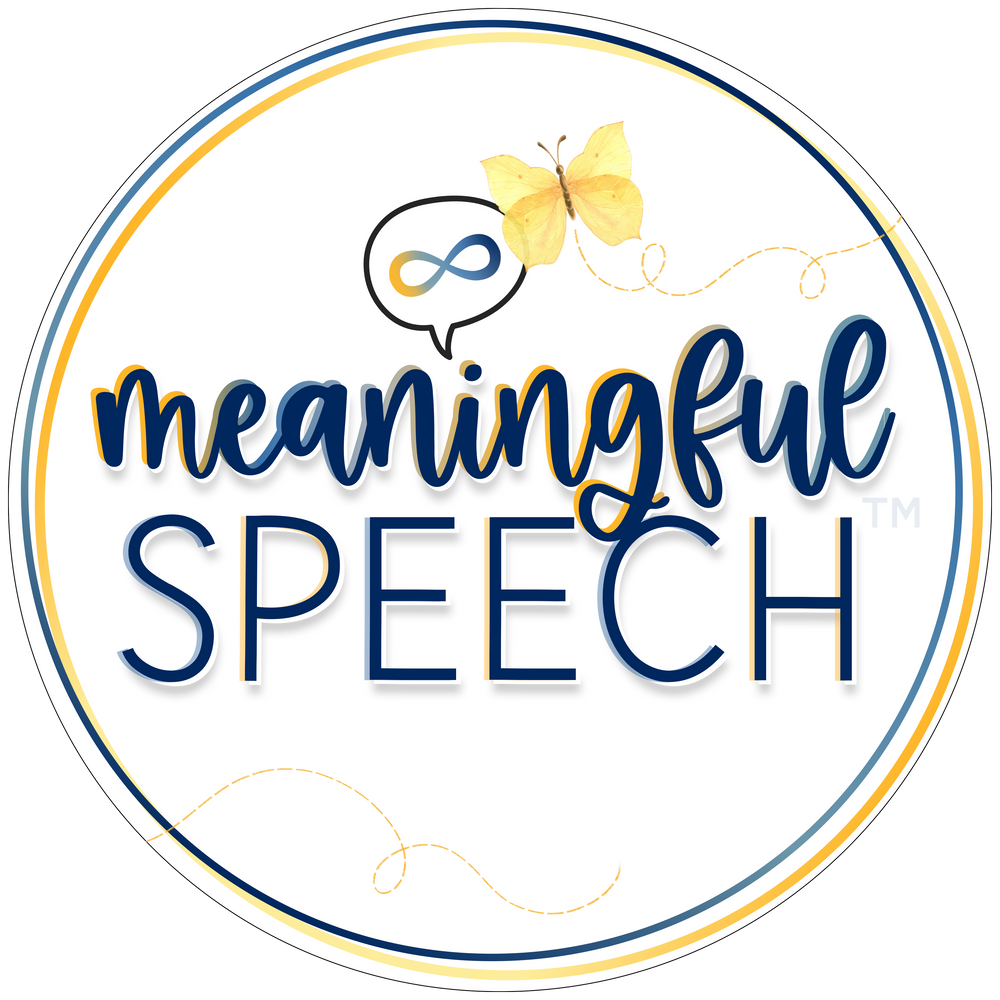Bilingual Gestalt Language Processors
Oct 25, 2023
While we have research dating back to the 1970's on gestalt language processing, we do not have any published research on bilingual gestalt language processors. However, there is a lot of research on bilingualism and general language development. Let's look at how this information applies to supporting bilingual gestalt language processors.
What does the research say about bilingualism and language development?
- Parents should speak to their child whichever language is most comfortable to them. This could be completely in their native language or a mix of languages.
- Exposure to multiple languages does not have a negative effect on language development.
- Children with language delays or disorders can learn a second language. We do not need to refrain from exposing a child to multiple languages because of a language delay or disorder.
How do I support a bilingual gestalt language processor and/or gestalt language processor showing interest in other languages?
- Work closely with parents and/or a translator to help you understand the gestalts.
- Always acknowledge the gestalts even if you aren't sure what they mean (smile, nod, repeat or say "yea" or "ok.")
- Work with the child in the language you are most comfortable speaking. Parents should speak the language they are most comfortable speaking at home.
- Expect the child to move through the Stages either simultaneously in both languages or with one more dominant language.
- If a child is interested in listening to shows, media clips or books in other languages- let them! It may be or become a special/preferred interest and there is nothing wrong with that!
Want to learn more in-depth information about how to support gestalt language processors?
1. There are many free podcasts, webinars and articles to get you started. A comprehensive list of resources can also be found on our website and Communication Development Center's website.
2. Consider taking the Meaningful Speech course to learn more about how your child or client processes language, how you can help support them from echolalia to self-generated (original flexible) language, child-led therapy, and neurodiversity-affirming practices. Looking for something shorter? We have a 1-hour introductory course perfect for extended family, daycare or school staff.
3. Consider taking our AAC + Gestalt Language Processing course. It will teach you how to identify, evaluate and support gestalt language processors who use AAC or who you think might benefit from AAC.
4. Look for a speech-language pathologist (SLP) who "gets it" and can help you in supporting your child's language development. Check out our registry for SLPs who understand gestalt language processing and child-led therapy.
5. Are you a school-based or private practice clinician looking for intake forms for new clients/students or creative visual reminder posters for your space? Check out the Meaningful Speech Marketplace.
References
Blanc, M. 2012. Natural Language Acquisition on the Autism Spectrum: The Journey to Self-Generated Language. Madison, WI: Communication Development Center Inc. https://www.communicationdevelopmentcenter.com
De Houwer, A. (1999). Two or More Languages in Early Childhood: Some General Points and Practical Recommendations. Centre for Applied Linguistics. Available online at: https://www.cal.org/resources/digest/earlychild.html
Gutierrez-Clellen, V., Simon-Cereijido, G, & Wagner, C. (2008). Bilingual children with language impairment: A comparison with monolinguals and second language learners. Applied Linguistics, 29, 3-20.
Hambly, C. & Fombonne, E. (2011, September 22). The Impact of Bilingual Environments on Language Development in Children with Autism Spectrum Disorders. Journal of Autism and Developmental Disorders.
Kohnert, K., Yim, D., Nett, K., Kan, P. F., & Duran, L. (2005). Intervention with linguistically diverse preschool children: A focus on developing home languages(s). Language, Speech and Hearing Services in Schools. 36, 251-263.
King, K. & Fogle, L. (2006). Raising Bilingual Children: Common Parental Concerns and Current Research. Washington, DC: Center for Applied Linguistics. Retrieved October 24, 2011 from http://www.cal.org/resources/digest/digest_PDFs/raisebilingchildi.pdf
Paradis, J., Crago, M., Genesee F., & Rice, M. (2003). Bilingual children with specific language impairment: How do they compare with their monolingual peers? Journal of Speech, Language, and Hearing Research, 46, 1-15.
Paradis, J. (2010). The interface between bilingual development and specific language impairment. Applied Psycholinguistics, 31, 227-252.
Paradis, J., Genesee, F. & Crago, M. (2011). Dual Language Development and Disorders: A Handbook on Bilingualism and Second Language Learning. Baltimore, Maryland: Paul H. Brookes Publishing Co.
Petersen, J., Marinova-Todd, S.H., & Mirenda, P. (2011). An Exploratory Study of Lexical Skills in Bilingual Children with Autism Spectrum Disorder. Journal of Autism and Developmental Disorders. DOI: 10.1007/S10803-011-1366-Y.
Thordardottir, E. (2006, August 15). Language Intervention from a Bilingual Mindset. The ASHA Leader.
Wong-Fillmore, L. (1991). When learning a second language means losing the first. Early Childhood Research Quarterly, 6, 232-346.
